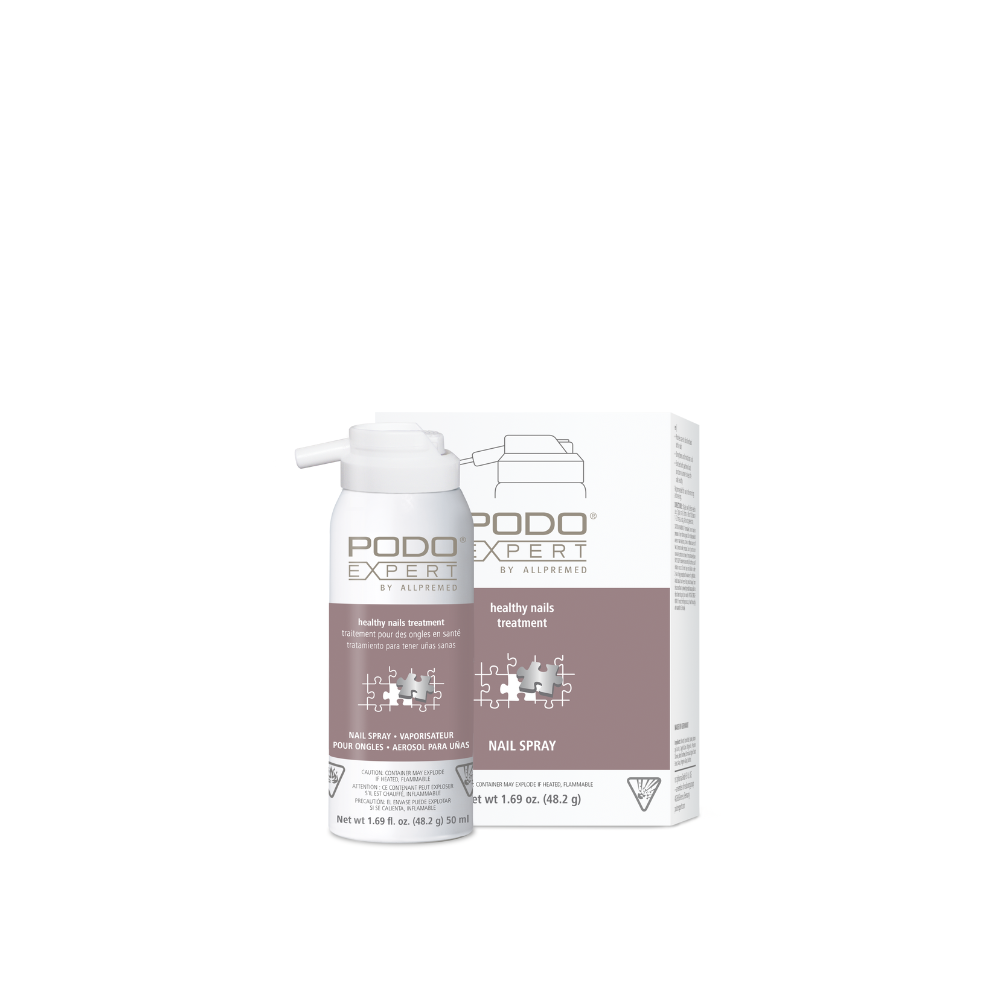Nail problems
When toenails change
As toenails have to deal with a lot of strain every day, they can become chipped, tear or break. Discolouration can be a sign of pressure. Changes to the nail structure, for example due to a mineral deficiency, sometimes spoil the outer appearance of the nail. In many cases, it changes for entirely harmless reasons and can be sorted out with the appropriate care or more comfortable shoes. Other changes are signs of illness that has to be treated by a doctor, however.
Like fingernails, toenails can become infected with disease. For example, psoriasis often affects the nails as well. One of the most common nail problems is nail fungus, caused by filamentous fungi that settle in the horny substance and cause discolouration and changes in the nail structure. Metabolic disorders can also lead to problems with nails. Especially with a chronic disease such as diabetes mellitus, toenail abnormalities should be carefully observed and if in doubt a doctor should be consulted at an early stage.

Frequent nail problems
- Chipped, torn, broken
- Nail discolouration
- Changed nail shape or horny substance
- Ingrown or involuted nails
- Nail fungus
Causes and types of nail problems
Brownish or black toenails are usually a sign of a haematoma under the horny plate. Moles or a melanoma are also conceivable reasons. Bluish nails are a sign that the blood is low in oxygen – possibly as a result of a cardiovascular disease. The nails turn yellowish if the toenail comes away from the nail bed. This usually happens when the nail has become infected with fungus, but yellowish marks with a reddish-brown edge are also a sign of psoriasis.
Inflammation such as nail root inflammation can develop owing to bacterial or fungal infection in the nail cavity. This inflammation is usually preceded by a crack or wound. Ingrown toenails can also damage the tissue and lead to painful inflammation, which in extreme cases can even spread to the bone.
Ingrown nails are usually found on the big toe. The cause is mostly shoes that are too tight: the nail is deformed at the side owing to continuous pressure and pressed into the softer tissue. As the nail grows, it pushes further and more deeply into the skin and then causes sensitivity and pain, and even inflammation. This can then spread across the entire nail plate. In some cases, incorrect nail care is responsible for the deformation. It used to be necessary to remove the ingrown nail by pulling it out or shrinking it, but now alternatives that enable entirely painless nail correction have been developed.
Brittle nails usually suffer from a lack of moisture. One of the causes is overly frequent use of abrasive nail polish remover. Avoid painting your toenails for some time and spread cream on them regularly instead. Brittle nails can also be due to a mineral deficiency or toxic substances in the gut which have accumulated due to gut problems.
Nail fungus usually occurs as a result of a foot fungus infection, although the pathogens can also affect the nail directly. You are most likely to become infected at public swimming baths, changing rooms and saunas, where the filamentous fungi responsible for infection find ideal conditions for growth. Other places include closed-toed shoes where sweat cannot dry out sufficiently. The warm, damp climate in shoes is also the reason why toenails are more frequently affected by nail fungus than fingernails. The nails become discoloured and yellowish; the horny layer becomes macerated and brittle. Therapy is difficult and takes a long time, and usually requires special treatment by a dermatologist or podiatrist.
Caring for toenails and fingernails with nail problems
Beautiful and healthy nails need intensive care. For this reason, we have developed products specifically for the most common nail problems which will help you to keep your toenails healthy and to take care of them.


